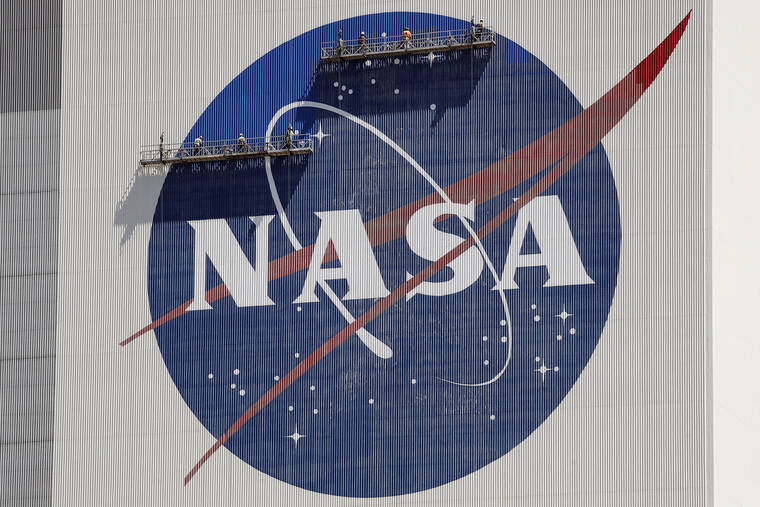NASA talks UFOs with public ahead of final report on unidentified flying objects
CAPE CANAVERAL, Fla. — NASA held its first public meeting on UFOs on Wednesday a year after launching a study into unexplained sightings and insisted it’s not hiding anything.
The space agency televised the four-hour hearing featuring an independent panel of experts who vowed to be transparent. The team includes 16 scientists and other experts selected by NASA including retired astronaut Scott Kelly.
“I want to emphasize this loud and proud: There is absolutely no convincing evidence for extraterrestrial life associated with” unidentified objects, NASA’s Dan Evans said after the meeting.
Still, hundreds of questions from the public that poured in ahead of time were skeptical and veered into conspiracy theories.
NASA launched the study to probe what it calls UAPs — short for unexplained anomalous phenomena — in the sky, in space or under the sea.
Optical illusions can explain some of this, said Kelly, a former Navy fighter pilot. He recalled a Tomcat flight off Virginia Beach years ago during which his radar intercept officer in the back seat was convinced they’d flown past a UFO.
“It turns out it was Bart Simpson, a balloon,” Kelly said. “And in my experience, the sensors kind of have the same issues as the people’s eyeballs.”
Evans pointed out that the livestream of the meeting led to considerable trolling. That comes on top of “online abuse” directed toward several committee members.
Harassment detracts from the scientific process and reinforces the stigma surrounding the topic, said Evans, adding that NASA security is dealing with it.
“It’s precisely this rigorous, evidence-based approach that allows one to separate the fact from fiction,” he said.
The group is looking at what unclassified information is available on the subject and how much more is needed to understand what’s going on in the sky, according to astrophysicist David Spergel, the committee’s chair.


